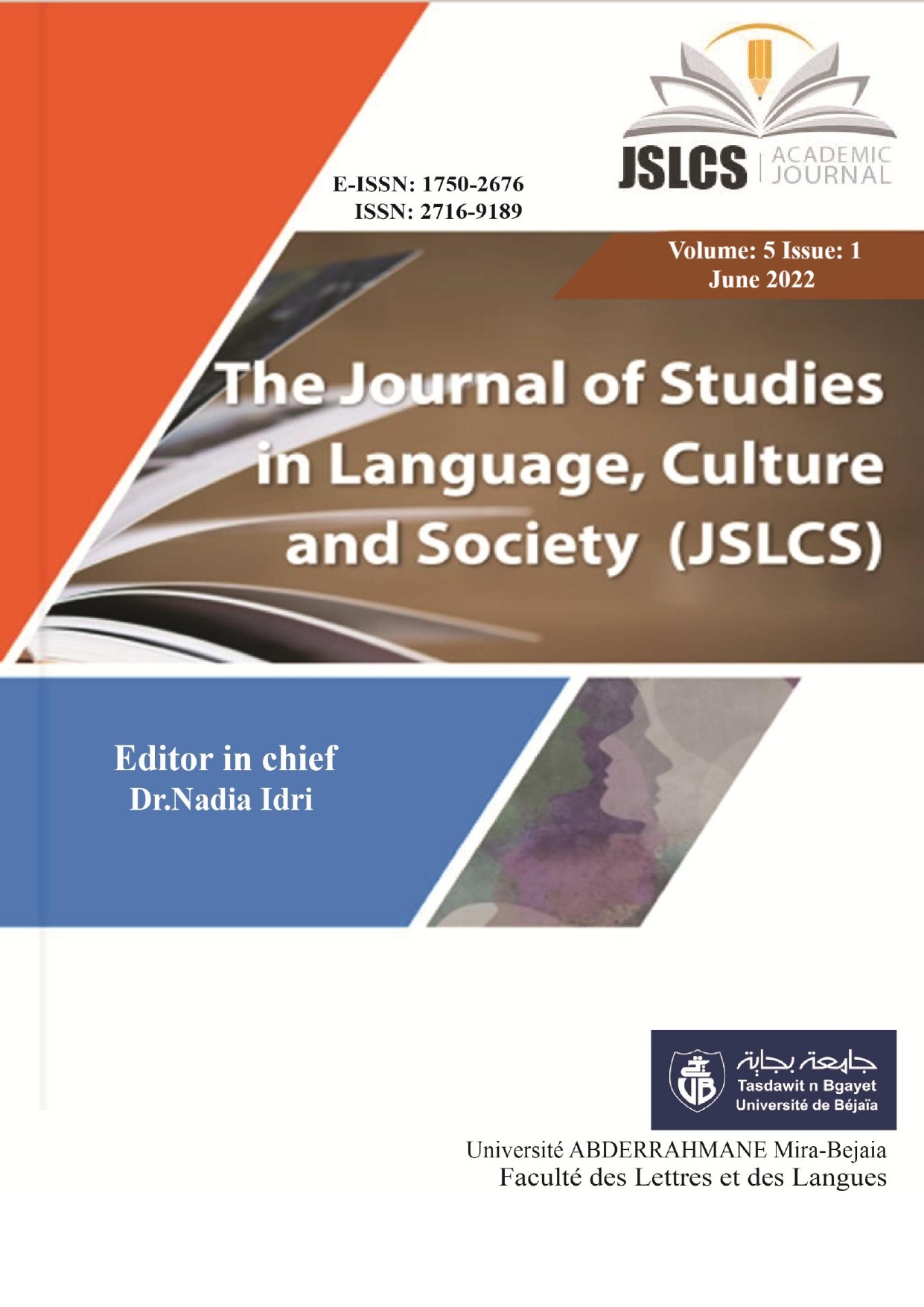Proclivity For Religiosity In The Styles And Motifs Of The Arabic Writings Of Yoruba ‘ulamā’
Keywords:
Arabic, Proclivity, Style, ‘Ulamā’, YorubalandAbstract
Of the notable features of the Arabic writings of the Arabic literati of Yoruba extraction is their propensity for religiosity. A closer examination of the Arabic writings of Yoruba ‘Ulamā’ (scholars) reveals the influence of Islam on the style as well as the themes of their literary productions. Arabic works of these scholars exhibit a strong predilection and preference for styles that are embedded in Islamic religious tradition, law and lore. This paper employed historical, sociological and ideological approaches to assess and appraise the common features of the Arabic works of the Arabic literati of Nigerian provenance, whose propensity for religiosity influenced their texts. The paper examined the predisposing factors as well as the extent of the religious influence. Of the factors identified, the most culpable are the symbiotic nexus between Arabic and Islam, influence of the literary heritage and religious revivalism of the 18th and 19th centuries in Hausaland as well as the influence of literary productions of the 'decadence’ era of Arabic literature. The paper identified and presented specific illustrations exhibiting the extent of proclivity for religiosity in the literary productions of Yoruba ‘Ulamā’. Findings from the study could serve as veritable pointers to the significance of the Arabic literary productions of the Arabic literati of Yoruba ancestry.
References
R.A. Abdul-Azeez.(2016). Styles and themes in the Arabic Sufi works of Shaykh Muhammad Al-Awwal of Omupo, in S. Oyeweso, M.A, Folorunsho and R.I.Adebayo (Eds.) ,Heritage of Islam in Nigeria: Essays in memory of Dawood Adekilekun Tijani (1942-2006). College of Humanities and Culture, Osun State University .
Abdul Rahmon, M.O. (1989). A thematic and stylistic study of Arabic poetry in Ibadan. (1876-1976). Ph.D Thesis. Department of Arabic and Islamic Studies. University of Ibadan.
Abdul Rahmon, M.O. (1995). An Approach to the stylistic appraisal of Arabic poetry of Nigerian ‘Ulamā’. Islamic Studies,Vol. 34, (3).
Abdul Rahmon, M.O. (2012). Of ’illiterate’ scholars and national development: The Arabic webs in Yoruba looms, An inaugural lecture, University of Ibadan, Ibadan
’Al-’Ilūrī, A.A. (1967). Misbāh ’al-dirāsāt ’al-’adabiyyah fī diyār ‘al-nayjiriyyah. Agege: Matba‘at ’al-thaqafah.
Cuddon, J.A. (Ed.) (1979). A dictionary of literary terms. Penguin Books.
Finnegan, R. (2012). Oral literature in Africa, Cambridge: OpenBook Publishers
Folorunso,A.K.(021). Morpho-phonological and semantic analysis of language of Islam in the novels of two Francophone African writers: Sembène Ousmane and Ahmadou Kourouma’,in Bidmos, M.A. and Musa,I.A.(Eds) New Dimensions in Integrated Knowledge, Lagos, Unilag Press
Folorunsho, M.A., (2012). Stylistic features in the Arabic works of Yoruba ‘Ulamā’, Journal of Oriental and African Studies, Vol. 21
Garzo, H. I. 1976. The theory of chronograms as expounded by the 18th century Katsina astronomer-mathematician Muhammad b. Muhammad. Research Bulletin Vol. 3, No. 2.
Lawal, A.I.( 1995). A study of the thematic and stylistic features in the Arabic works of Waziri Junayd b. Muhammad `al-Bukhari. Ph.D Thesis Department of Arabic and Islamic Studies. University of Ibadan.
Lichtenstadter, I. ( 1976). Introduction to classical Arabic literature. Schocken Books.
Ogundokun,S.A.(2014). Religious manifestations in the writings of Sembène Ousmane, Scholars Journal of Arts, Humanities and Social Sciences, 2(1), 24-28 Ogundokun,S.A.(2019).Religious hypocrisy and extremism: bane to good governance in selected novels of two francophone African writers, International Journal of Current Research in the Humanities,23, 110-120.
Oseni, Z.I. (2004) Al-ma’dubah al-adabiyyah li tulāb ‘al-arabiyyah fi ifriqiyyah ‘al- gharbiyyah, Auchi:Dārun-Nur
Raji, M.G.A. (1994). Umar Ibrahim’s Hadīqatu ’l-’azhār: Precursor of modern Arabic poetry in Nigeria.Research Bulletin Vol. 20.
Reichmuth S., & Abubakre, R.D.( 1995). llorin and Nupe in the nineteenth and twentieth centuries. Arabic Literature of Africa, Vol.ll: The Writings of Central Sudanic Africa. J.O. Hunwick. Ed. Leiden. E. J. Brill Publishers.
Ridler, A. (1963). Religion and poetry in Stephen Stencer, et al. The Concise Encyclopedia of English and American Poets and Poetry, London, Hutchinson of London.
Sanni, A. (1998). The Arabic theory of prosification and versification. Steiner.
Sirajudeen, A.A. (2009). A survey of Islamic orientation of the Arabic literatures in Nigeria in Sanni, A.O. and Muhibbu, M.A. (Eds), Transformation in Arabic and Islamic Studies in Nigeria; Studies in Memory of Musa Ajetunmobi, Sokoto: Nigeria Association of Teachers of Arabic and Islamic Studies.
Wizārat ’al-tarbiya ’al-‘irāqiyyah(1975). ’al-Balāghah. Kuwait:Matabi‘ ’al-Risālah. ne, 33(4), 295-300.








